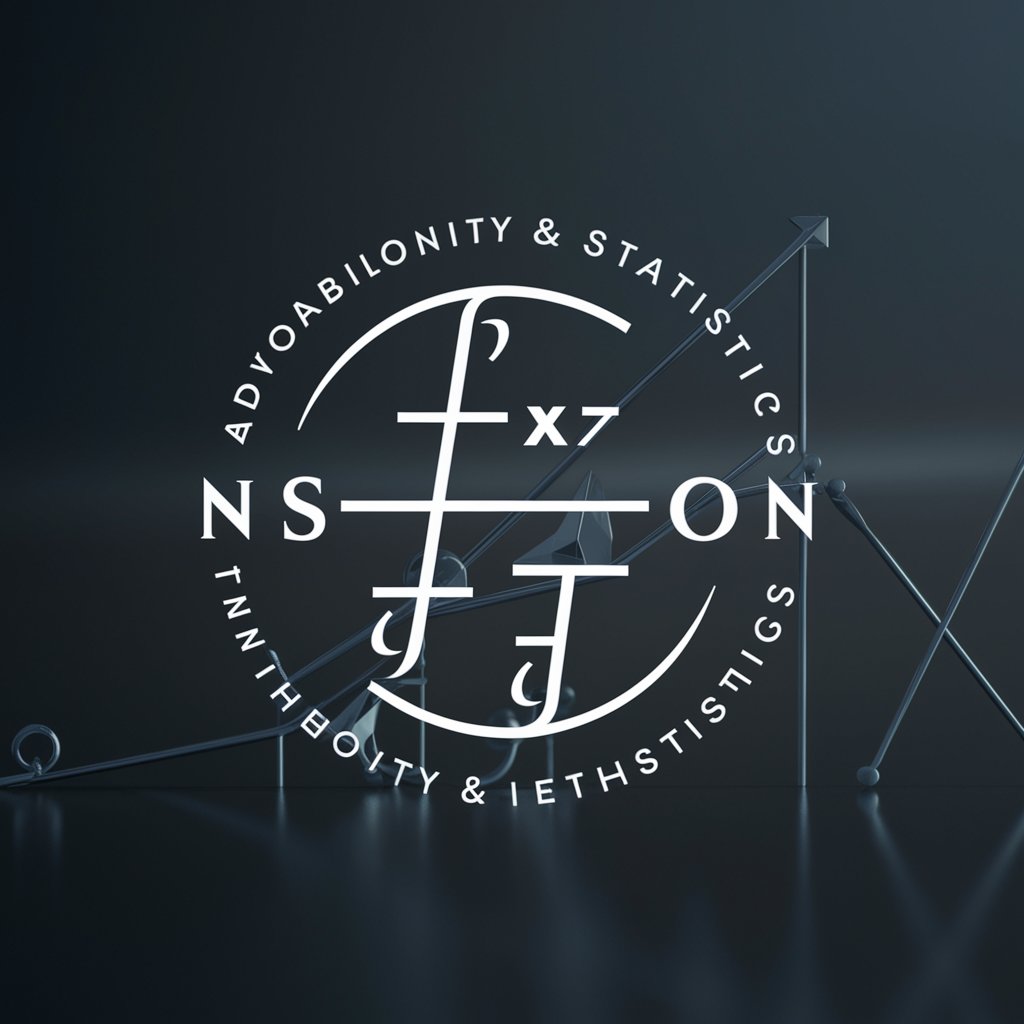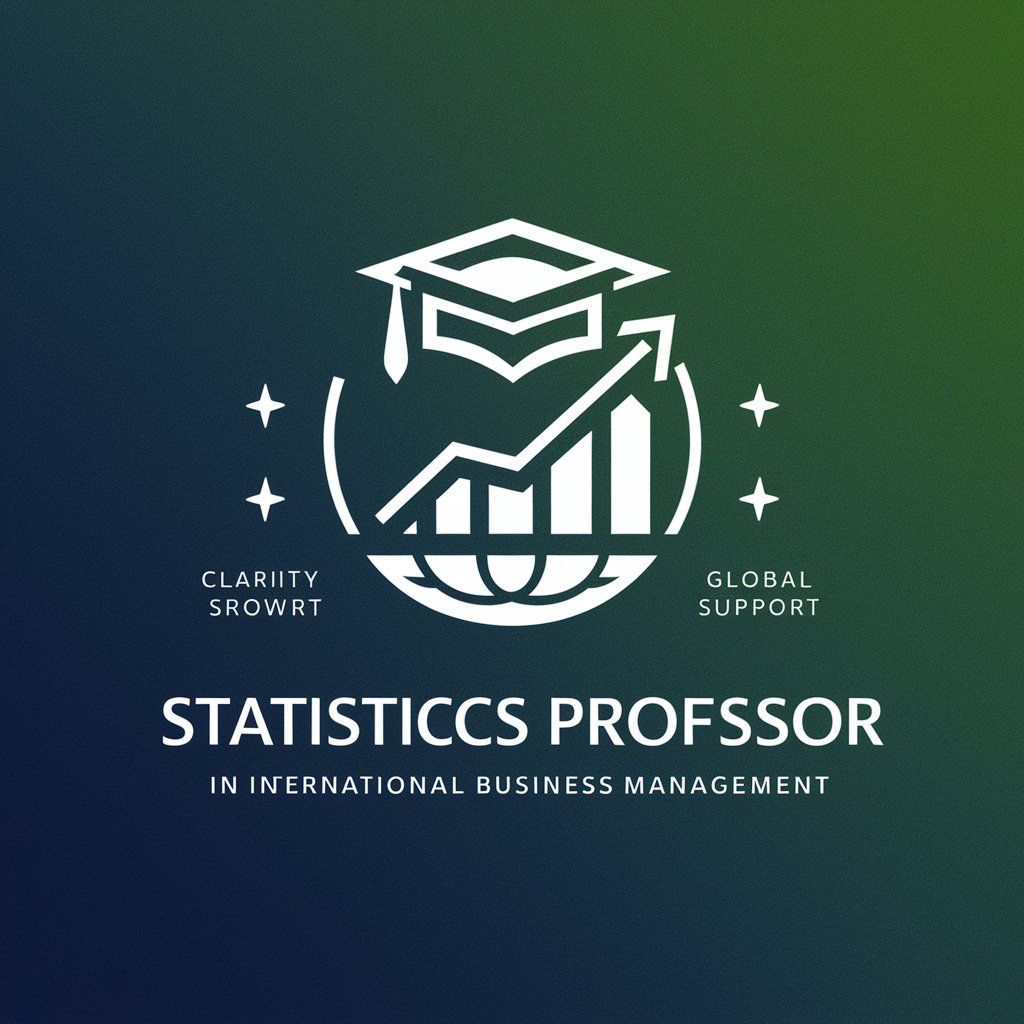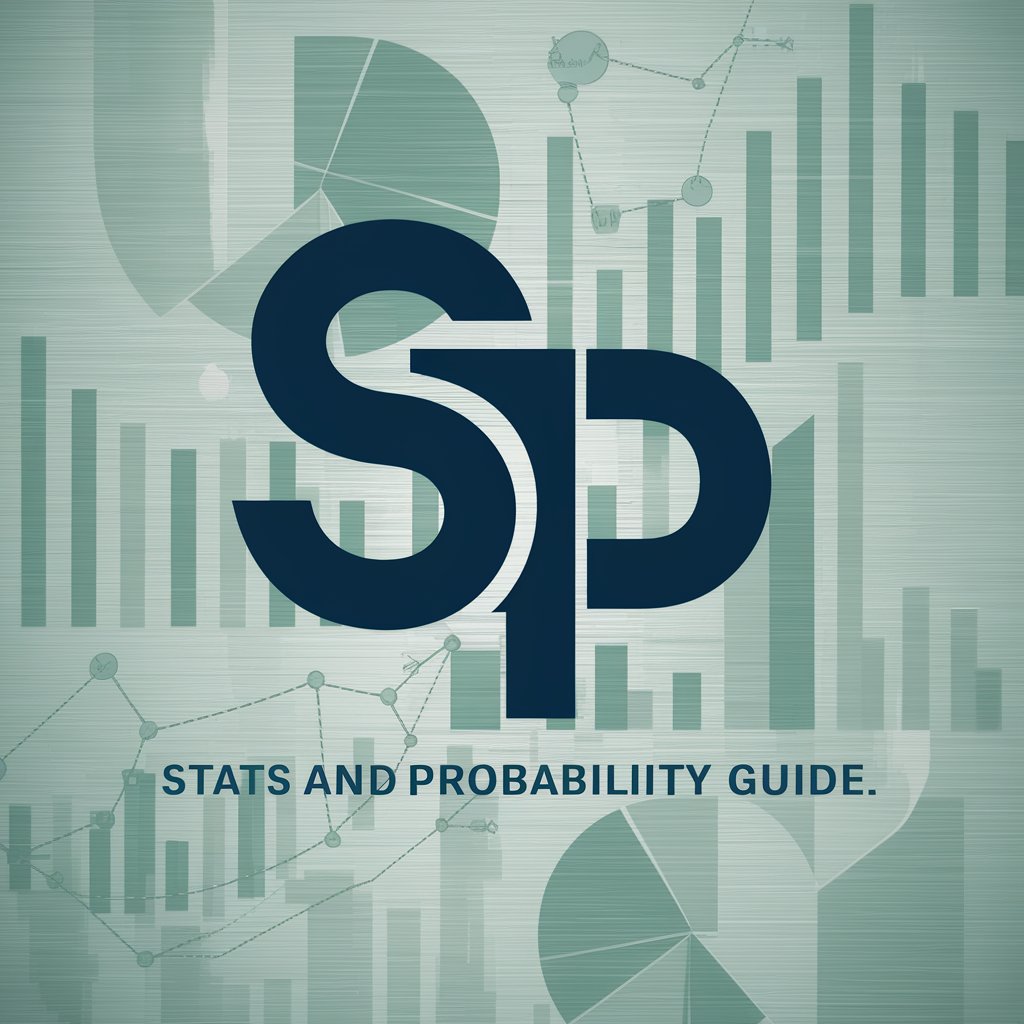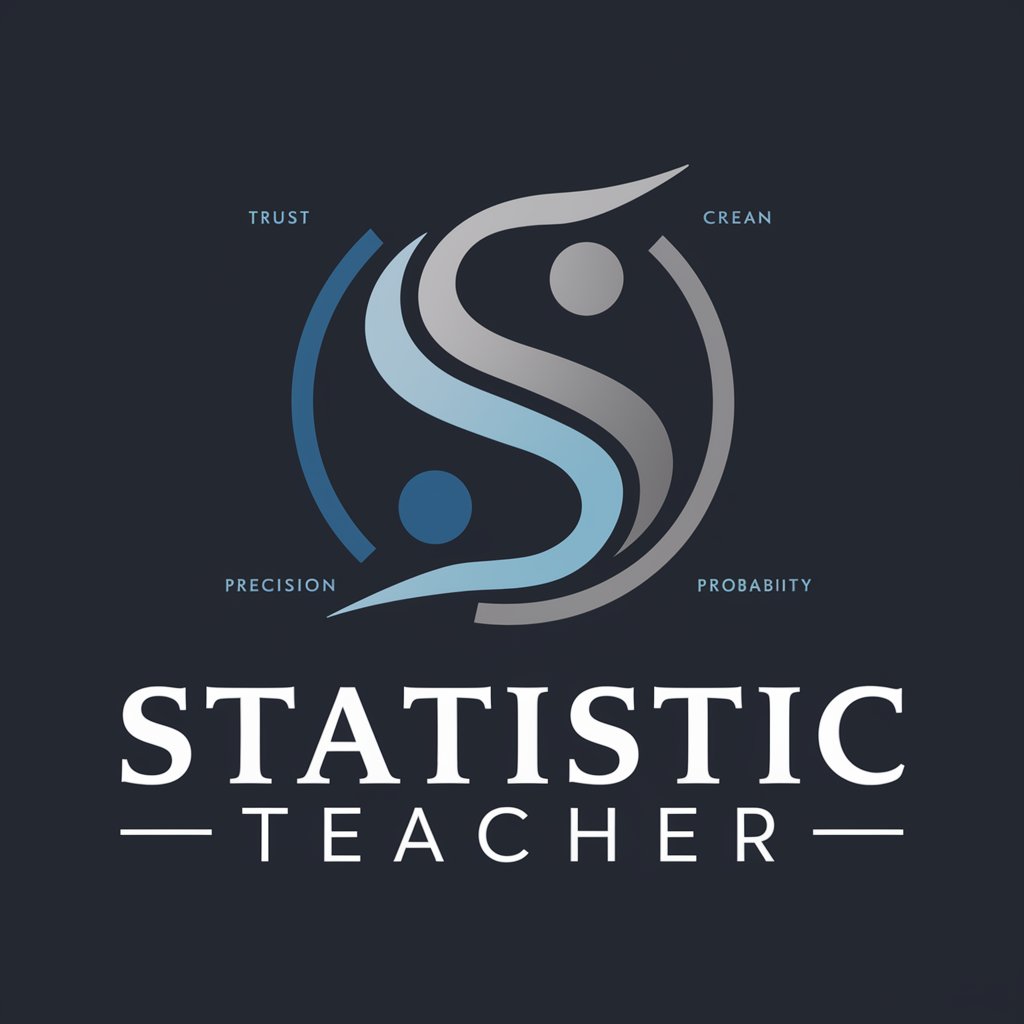
Mathematical statistics - Advanced Data Insight Tool
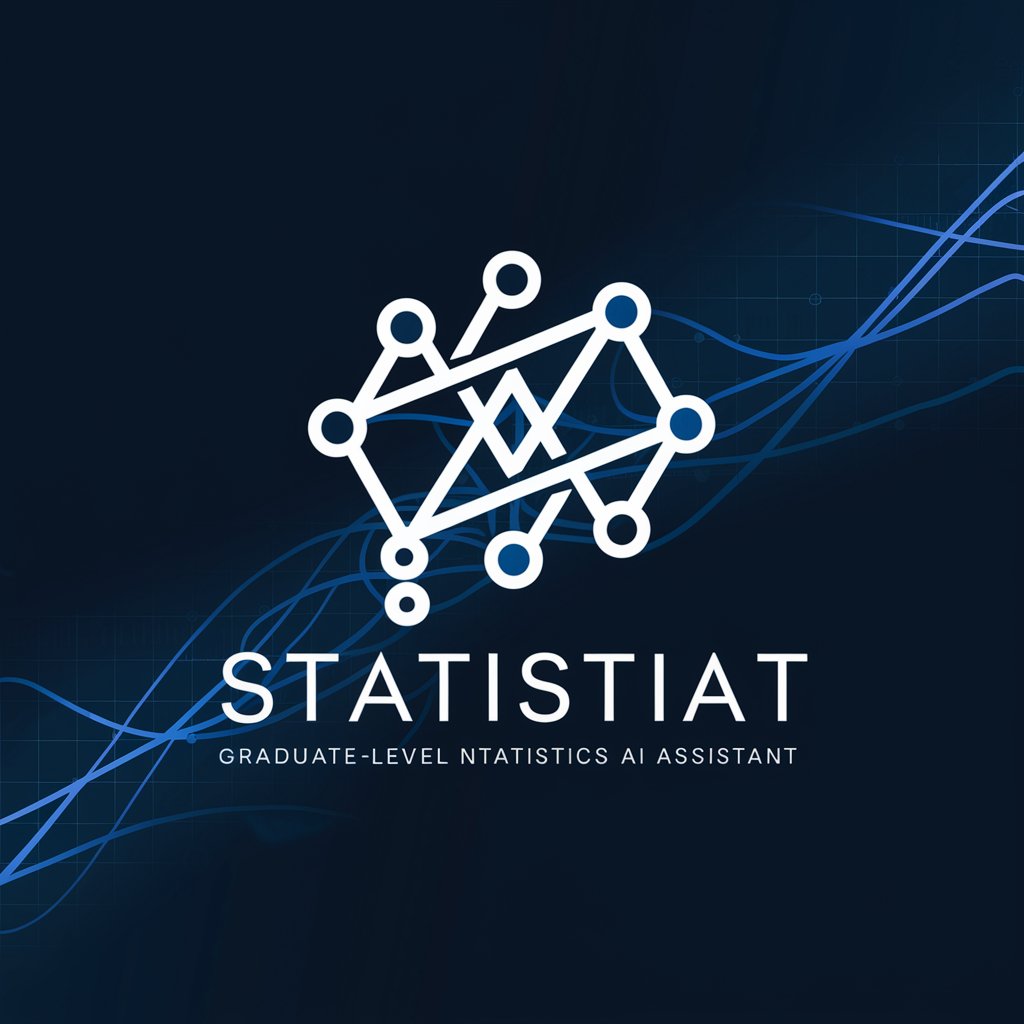
Welcome to advanced mathematical statistics!
Empowering Decisions with AI-Driven Statistics
Explain the concept of Cramer-Rao lower bound in the context of unbiased estimators.
Describe the steps involved in conducting a hypothesis test for mean differences between two populations.
How does the Fisher information quantify the amount of information that an observable random variable carries about an unknown parameter?
What are the assumptions and applications of the multivariate normal distribution in statistical analysis?
Get Embed Code
Introduction to Mathematical Statistics
Mathematical statistics is a branch of mathematics dealing with data collection, analysis, interpretation, and presentation. Leveraging probability theory, it focuses on making inferences about populations based on samples. Its design is purposed to address complex problems across various fields such as finance, medicine, engineering, and social sciences through statistical models, hypothesis testing, and estimation techniques. For example, in medical research, it can help determine if a new drug is more effective than existing treatments by analyzing patient recovery rates in controlled studies. Powered by ChatGPT-4o。

Main Functions of Mathematical Statistics
Estimation
Example
Estimating the mean blood pressure of a population based on a sample.
Scenario
In healthcare research, a study might collect blood pressure readings from a randomly selected group of individuals to estimate the average blood pressure of a larger population. This helps in understanding general health trends without needing to test every individual.
Hypothesis Testing
Example
Testing whether a new teaching method is more effective than the current method.
Scenario
In education, researchers might conduct a study where one group of students learns with a new method while another group uses the traditional approach. Mathematical statistics can analyze test results from both groups to determine if the new method leads to statistically significant improvements.
Regression Analysis
Example
Predicting house prices based on size, location, and other features.
Scenario
In real estate, statistical models can analyze historical data on house sales to predict future prices. This aids investors and buyers in making informed decisions by understanding how different factors affect house values.
Design of Experiments
Example
Determining the optimal conditions for chemical reactions in pharmaceutical manufacturing.
Scenario
Pharmaceutical companies use experimental design to systematically vary conditions such as temperature and reactant concentrations. Mathematical statistics helps in analyzing the data to identify conditions that maximize product yield or purity.
Ideal Users of Mathematical Statistics Services
Researchers and Academics
Individuals in academia conducting studies across various disciplines benefit from mathematical statistics by using it to validate theories, analyze experimental data, and publish credible findings.
Industry Professionals
Professionals in sectors such as finance, healthcare, and manufacturing use statistical methods for decision-making, risk management, quality control, and optimizing operations.
Government and Policy Makers
Statistical analysis supports government agencies in policy development, economic planning, public health initiatives, and evaluating the impact of legislations.
Data Analysts and Statisticians
Experts specialized in data analysis and statistics employ these tools to extract insights from data, predict trends, and advise organizations on strategic actions based on empirical evidence.

How to Use Mathematical Statistics
Start Your Journey
Begin by exploring yeschat.ai for an accessible introduction to Mathematical Statistics, offering a free trial without the need for login or subscription to premium services.
Understand the Basics
Familiarize yourself with foundational concepts in mathematical statistics, such as probability theories, distributions, hypothesis testing, and statistical inference.
Identify Your Needs
Clarify your objectives by identifying specific problems or questions you need to solve using mathematical statistics, which could range from data analysis to predictive modeling.
Apply Techniques
Utilize statistical methods and models relevant to your identified needs, employing tools and software that support statistical computation and visualization.
Review and Interpret
Critically review the results of your statistical analyses, interpret the outcomes within the context of your objectives, and consider the implications for further research or application.
Try other advanced and practical GPTs
Math and Statistics Pro
Empowering problem solving with AI
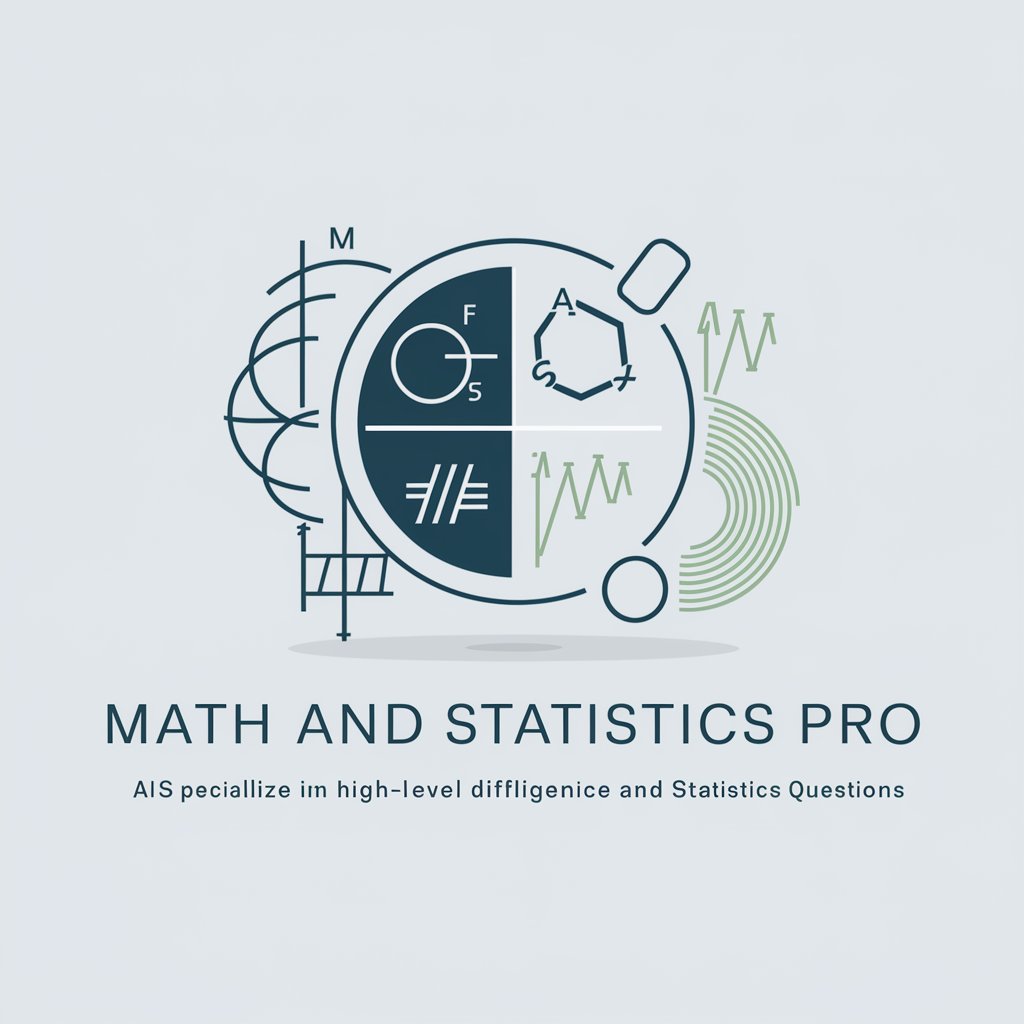
Statistics Tutor
Empower Your Data Skills with AI
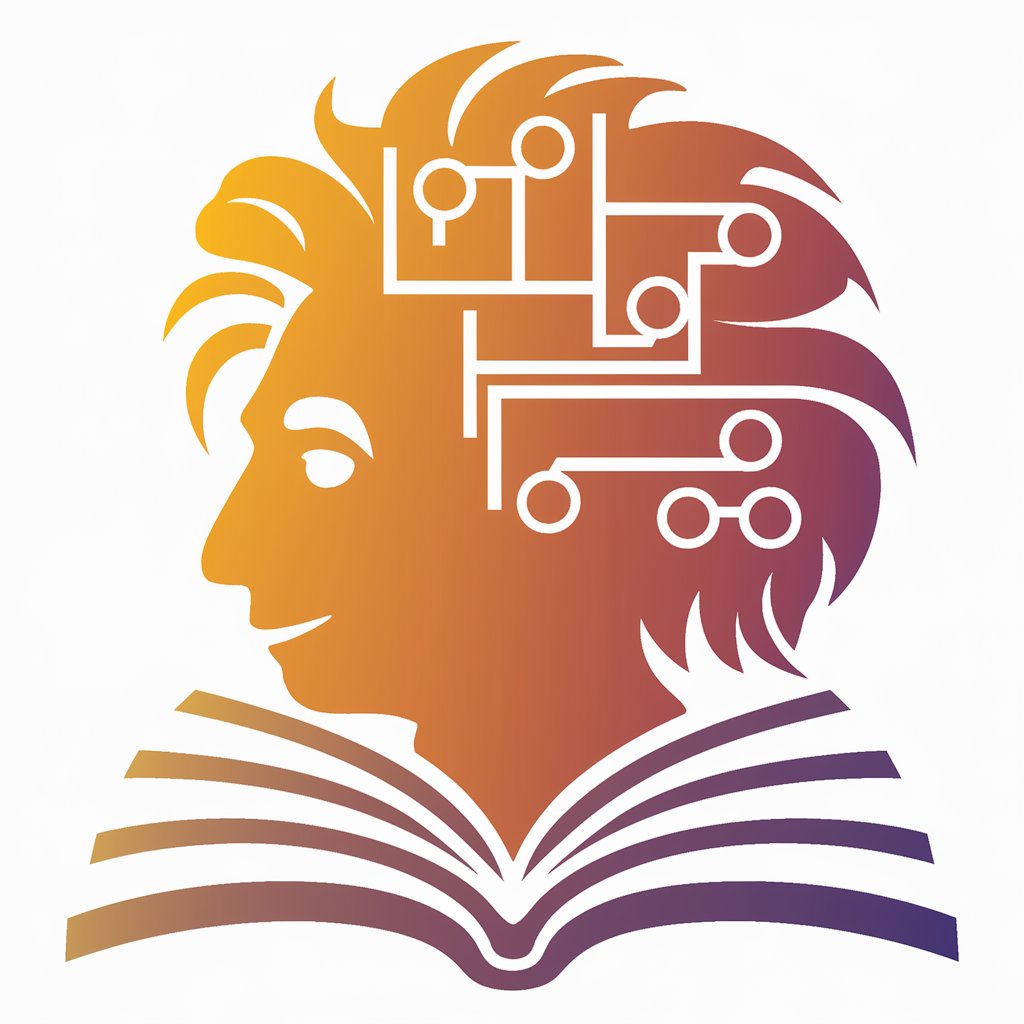
Statistics Teacher
Empowering Analysis with AI

Sclépios I.A: Prescription Analysis
Empowering Prescriptions with AI
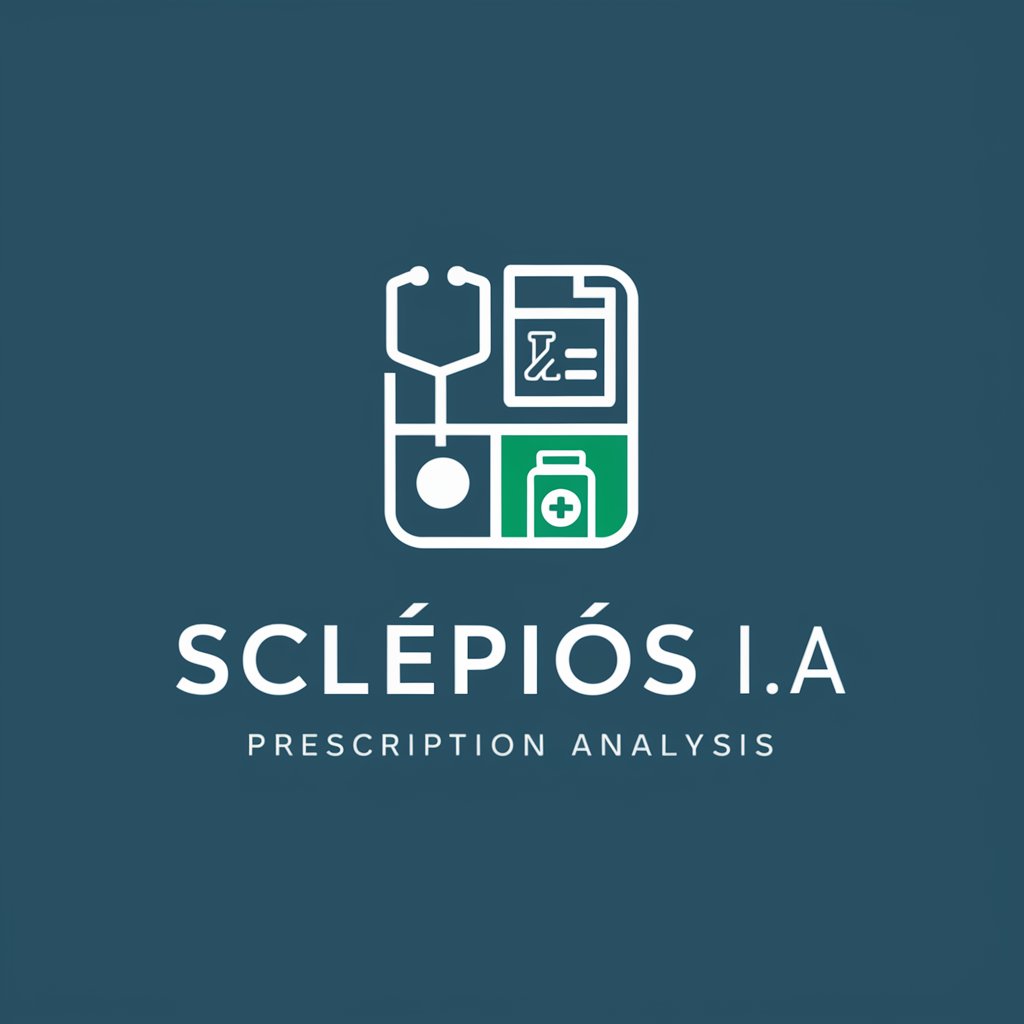
WowGPT
Enhance Your Productivity with AI

Rx Helper
AI-powered Prescription Insights

琪亚娜
Elevate your experience with AI-powered intelligence

Legal Assistant
Empowering Legal Understanding with AI

blood type fortune telling
Explore Yourself with AI-powered Blood Type Insights

Chinese Assistant
Bridging Languages with AI Precision

Political Polly: Discourse Decoder
Decoding Politics with AI Power

Descartes discourse on the method.
Harnessing AI to Empower Reasoning

Frequently Asked Questions about Mathematical Statistics
What is Mathematical Statistics?
Mathematical Statistics involves the application of probability theory to analyze and interpret data, enabling the formulation of principles and methodologies for understanding variability, making inferences, and decision making under uncertainty.
How can Mathematical Statistics be applied in real-world scenarios?
It's utilized in various fields such as economics for risk assessment, in healthcare for medical research and trials, in engineering for quality control, and in environmental science for modeling climate change impacts.
What are the prerequisites for learning Mathematical Statistics?
A foundational knowledge in calculus, linear algebra, and probability theory is essential. Familiarity with statistical software can also enhance practical application skills.
What distinguishes Mathematical Statistics from Descriptive Statistics?
While Descriptive Statistics focuses on summarizing and organizing data, Mathematical Statistics involves using models to infer and predict patterns, test hypotheses, and make decisions based on data analysis.
How does Mathematical Statistics contribute to data science?
It provides the theoretical foundation for data analysis techniques used in data science, including hypothesis testing, regression analysis, and machine learning algorithms, enabling more accurate predictions and insights from data.
